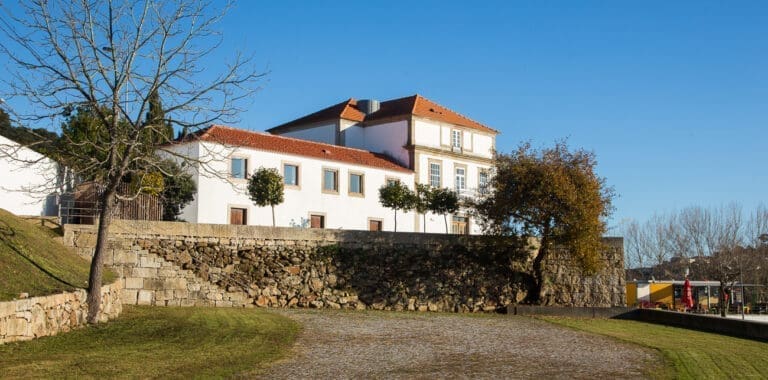The name “Gondomar” is attributed to the Visigoth king “Flávio Gundemaro”, who in the year 610 founded a Couto here. However, archaeological findings show that the place was inhabited long before that time. The White House of Gramido has great national historical relevance as it was here that the Gramido Convention was signed on June 29, 1847, a peace treaty that ended the international siege of the city of Porto, the last civil war in Portugal. Gondomar’s culture is marked by the legacy of the mining and carpentry industries, goldsmithing that endures to this day, and the agricultural and fishing sectors. The rivers Douro, Tinto, Torto, Sousa, and Ferreira pass through Gondomar. In this municipality, the Douro River has 32 km of banks, from Melres and Lomba to Valbom, and, due to its relationship with the river, it is enriched with a unique ethnographic heritage
of ancestral customs. Gondomar currently combines rurality with urbanism, technological industry with craftsmanship, design with tradition.
- Home Page
- Visit our Cities
- Gondomar
Gondomar






 Municipio de Gondomar
Municipio de Gondomar 





